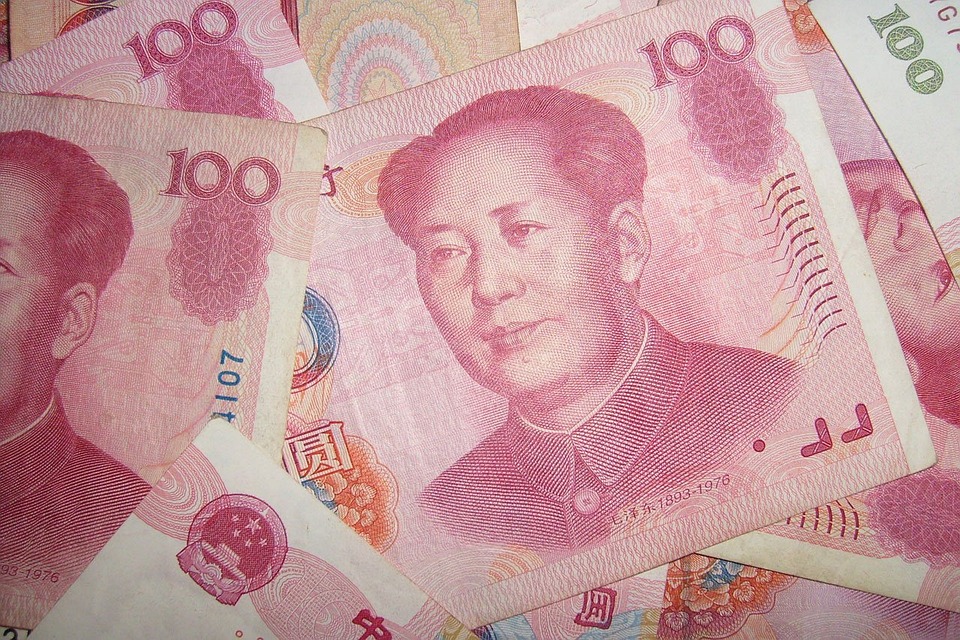Understanding Maoist Theory: A Comprehensive Overview
Maoism, also known as Mao Zedong Thought, is a political theory derived from the teachings of Chinese revolutionary leader Mao Zedong. Maoism is a form of Marxism-Leninism that emphasizes the role of the peasantry in a socialist revolution and the establishment of a socialist state. In this article, we will provide an overview of Maoist theory, including its key principles and concepts.
Origins of Maoist Theory
Mao Zedong, the founding father of the People’s Republic of China, developed Maoist theory through his experiences in the Chinese Communist Party and the Chinese Revolution. Maoism draws heavily from Marxist-Leninist principles, but also incorporates elements of Chinese nationalism and agrarian socialism.
One of the key influences on Maoist theory was the Chinese Revolution of 1911, which overthrew the Qing Dynasty and established the Republic of China. This revolution inspired Mao to pursue a similar path of revolutionary change in China, but with a focus on the rural peasantry as the main agent of social and political transformation.
Key Principles of Maoist Theory
There are several key principles that underpin Maoist theory, including:
1. Mass Line
The mass line is a concept that emphasizes the importance of the Communist Party staying connected to the masses of people and reflecting their needs and interests in its policies and actions. Mao believed that the Party should be a servant of the people, rather than a ruling elite above the people.
2. Protracted People’s War
Protracted People’s War is a military strategy developed by Mao Zedong that involves a prolonged, guerrilla-style campaign against a more powerful enemy. This strategy calls for the mobilization of the rural peasantry and the establishment of base areas in the countryside from which to expand the revolutionary movement.
3. Cultural Revolution
The Cultural Revolution was a social and political movement launched by Mao in 1966 that aimed to eradicate perceived bourgeois and capitalist influences from Chinese society. It called for the “re-education” of intellectuals, Party officials, and others who were deemed to be counter-revolutionary.
4. New Democracy
Maoist theory advocates for the establishment of a New Democratic society in which the working class, peasantry, and other oppressed groups have a leading role in governing the country. This concept envisions a form of socialist democracy that is based on the principles of equality and popular participation.
5. Contradictions and Dialectical Materialism
Maoist theory is rooted in the principles of dialectical materialism, which is a philosophical framework that views social change as the result of contradictions and conflicts within society. Mao believed that these contradictions could be resolved through the application of revolutionary theory and practice.
Legacy of Maoist Theory
While Maoist theory has had a profound impact on the course of Chinese history, its legacy is a subject of contentious debate among scholars and policymakers. Some critics argue that Maoism’s emphasis on class struggle and revolutionary violence led to widespread human rights abuses and economic stagnation in China.
However, supporters of Maoist theory contend that Mao’s vision of a socialist society based on the needs of the masses continues to inspire social movements around the world. They point to the successes of China’s agricultural collectives and industrialization projects as evidence of the potential of Maoism to create a more just and equitable society.
In conclusion, Maoist theory represents a unique and influential strand of Marxist-Leninist thought that emphasizes the importance of the peasantry in revolutionary change and the establishment of a socialist state. While its legacy is a subject of debate, Maoism continues to shape political discourse and social movements in China and beyond.




